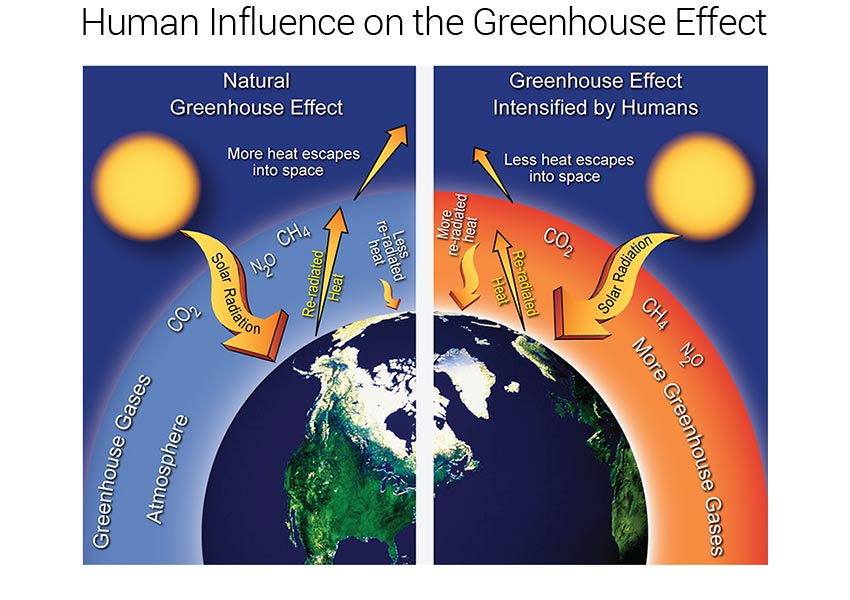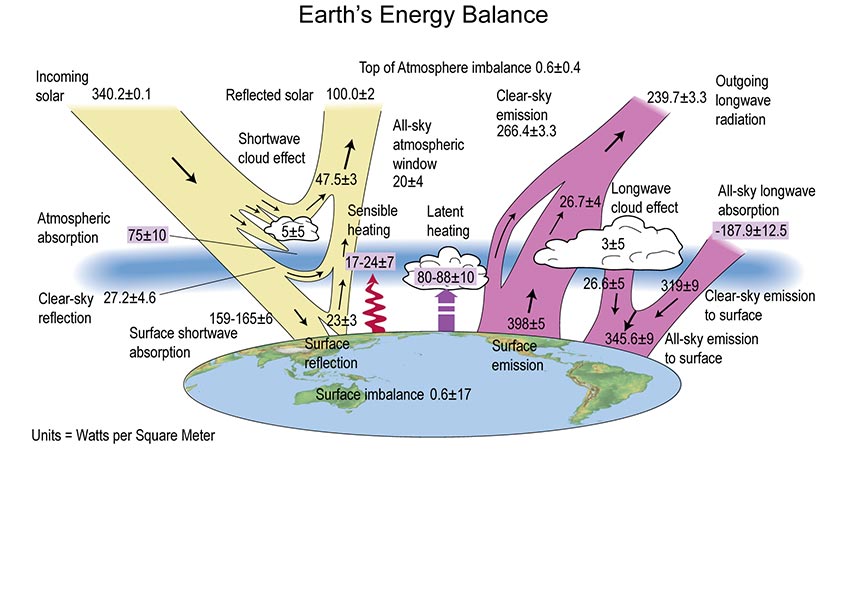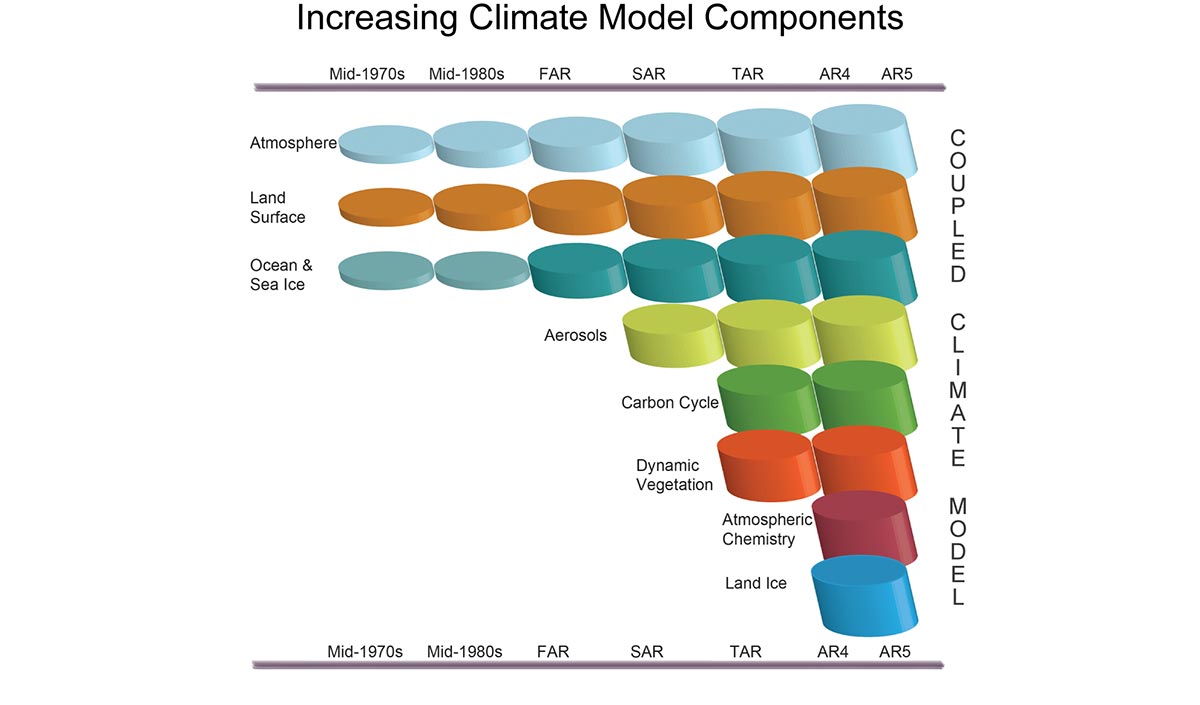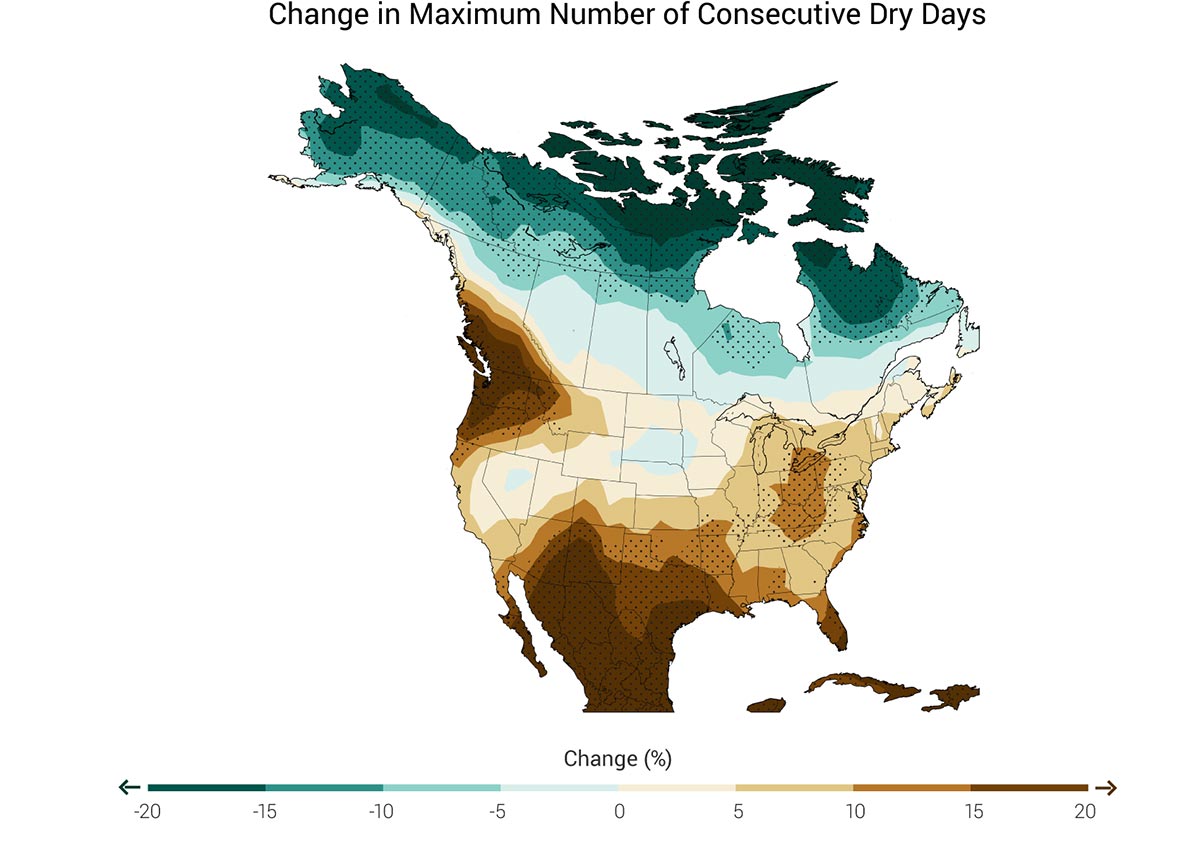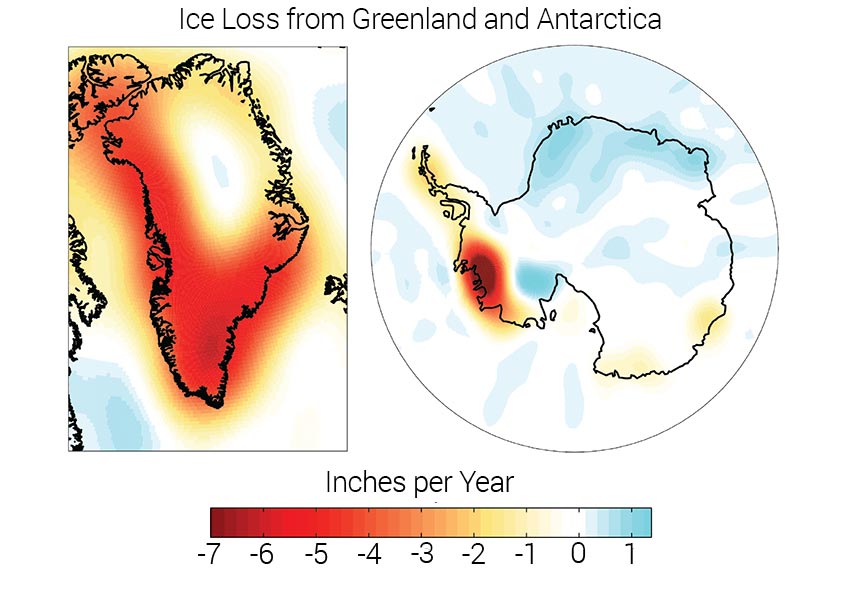Introduction
This appendix provides further information and discussion on climate science beyond that presented in Ch. 2: Our Changing Climate. Like the chapter, the appendix focuses on the observations, model simulations, and other analyses that explain what is happening to climate at the national and global scales, why these changes are occurring, and how climate is projected to change throughout this century. In the appendix, however, more information is provided on attribution, spatial and temporal detail, and physical mechanisms than could be covered within the length constraints of the main chapter.
As noted in the main chapter, changes in climate, and the nature and causes of these changes, have been comprehensively discussed in a number of other reports, including the 2009 assessment: Global Climate Change Impacts in the United States139 and the global assessments produced by the Intergovernmental Panel on Climate Change (IPCC) and the U.S. National Academy of Sciences. This appendix provides an updated discussion of global change in the first few supplemental messages, followed by messages focusing on the changes having the greatest impacts (and potential impacts) on the United States. The projections described in this appendix are based, to the extent possible, on the CMIP5 model simulations. However, given the timing of this report relative to the evolution of the CMIP5 archive, some projections are necessarily based on CMIP3 simulations. (See Supplemental Message 5 for more on these simulations and related future scenarios).













